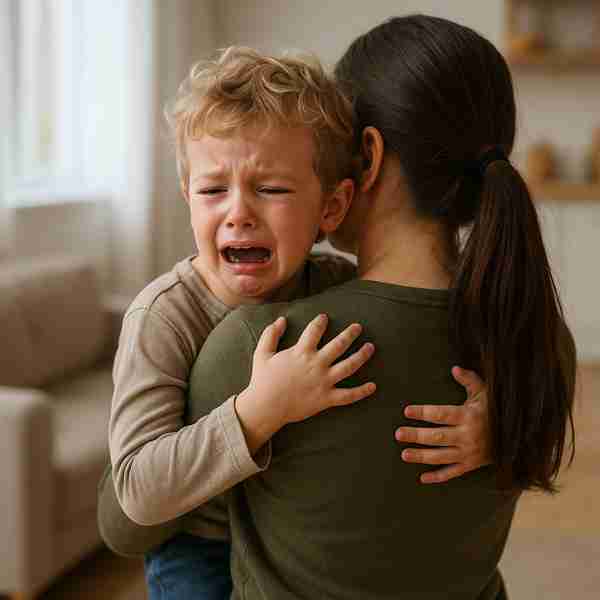
It is most often associated with young children, but adults can experience it too.
With the right strategies, separation anxiety can be reduced with care and patience.
The Basics of Separation Anxiety
It often appears in childhood but can also occur in adults due to past trauma.
It can manifest in several forms, including:
- Emotional breakdowns when apart
- Fear of being alone
- Feeling sick due to worry
Why It Happens
There are many reasons someone may develop separation anxiety.
Common causes include:
- Moving to a new place
- Divorce or separation in the family
- Lack of independence training
- Anxiety in the family
How to Recognize It Early
Early detection of separation anxiety check here can help in addressing it quickly.
Look out for these red flags:
- Fearful reactions to separation
- Avoiding school or social activities
- Insomnia or restlessness
Tips for Parents
Supporting children through separation anxiety requires patience, routine, and reassurance.
Useful parenting tips:
- Say goodbye consistently
- Use positive reinforcement
- Practice independence-building activities
- Avoid sneaking out
Managing Anxiety in Grown-Ups
It's important not to ignore the symptoms and seek help, self-awareness, or therapeutic tools.
Coping methods include:
- Therapy or counseling
- Mindfulness and meditation
- Building a support network
- Challenging irrational fears
Knowing When It's Serious
Professional guidance can provide coping mechanisms.
When intervention is needed:
- Daily disruption due to anxiety
- Frequent illness from stress
- Inability to function independently
Conclusion
With early detection and strong coping strategies, people of all ages can learn to live fully.
Don’t be afraid to reach out.